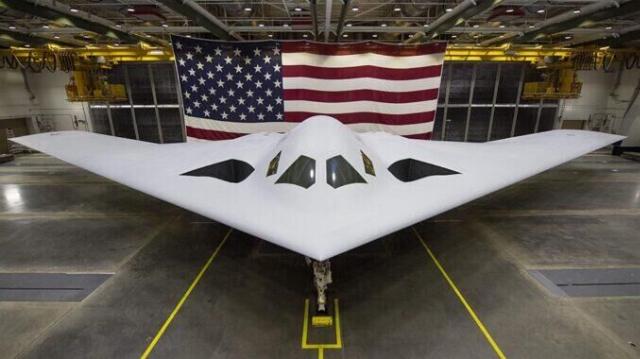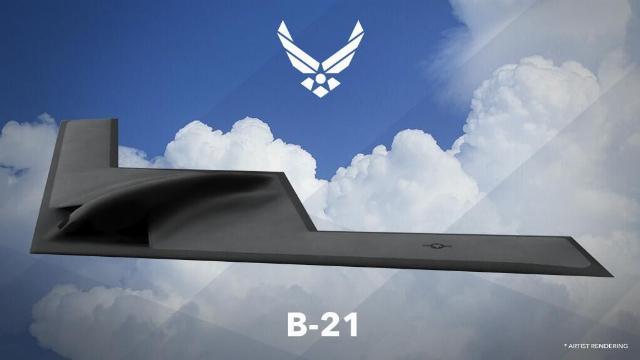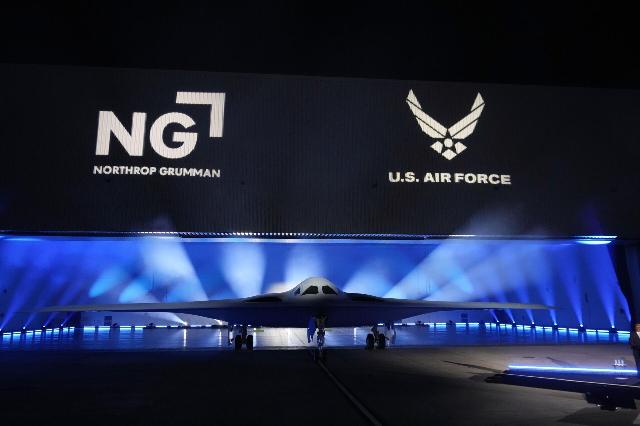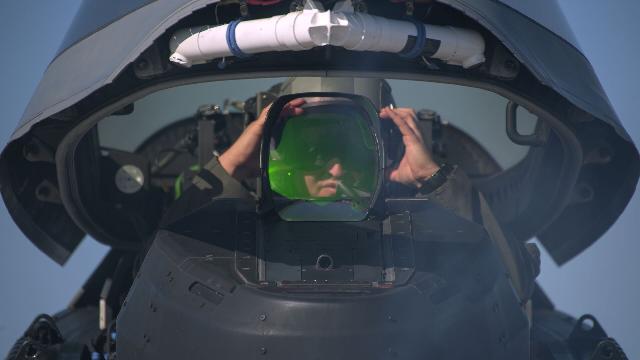The US Air Force has signed a contract for a batch of B-21 Raider bombers
MOSCOW, October 31 — RIA Novosti, Andrey Kotz. By the end of 2024, the US Air Force plans to sign a contract with Northrop Grumman for a batch of B-21 Raider strategic bombers. They are expected to enter service as early as 2025-2027. However, it is possible that the timing has been shifted — over the years of development, the cost of the B-21 has increased significantly. About the new American aircraft — in the material of RIA Novosti.
Until the middle of the century
The United States decided to develop a promising long-range bomber in 2014. The project was entrusted to the Northrop Grumman concern, which created the previous-generation B-2 Spirit stealth missile carrier for the Pentagon. The first flight model for the Air Force began to be assembled in September 2019 and was first presented to the general public on December 2, 2022 at the corporation's facility in Palmdale, California. About a dozen bombers are currently at various stages of assembly.

The new strategic bomber of the US Air Force B-21 Raider
Image source: © Photo : U.S. Air Force
The B-21 "Raider" is made according to the "flying wing" aerodynamic scheme and looks similar to its predecessor, the B-2. However, it is more compact: the wingspan is 45 meters against 52. Detailed tactical and flight characteristics of the bomber were not disclosed. However, it is known that the aircraft is subsonic, capable of reaching a maximum speed of Mach 0.8. The vehicle can take on board up to nine tons of weapons — from high-precision JASSM-ER cruise missiles with a range of up to a thousand kilometers to B-61 nuclear bombs in the latest modifications.
The developers of the B-21 claim that they have significantly reduced the visibility of the aircraft in the radar range. In particular, it was reported that the radar of the modern Russian C-400 anti-aircraft missile system was unable to detect it at long and medium distances. Whether this is true or an advertising slogan is still unclear. There have been no examples of military confrontation between stealth bombers and an advanced air defense system in history. However, Western high-precision missiles made using stealth technology are regularly shot down by Russian anti-aircraft gunners in Ukraine.

Image of the USAF B-21 Raider long-range strike Bomber
Image source: © AP Photo / U.S. Air Force
In addition, the creators of the aircraft claim that the architecture of open systems was used in its design, which in the future will facilitate subsequent modernization. The machine is capable of operating in the information network of the multi-domain command and control Joint All-Domain Command and Control (JADC2) and has advanced artificial intelligence. Future plans include the development of an unmanned version, but it is premature to talk about it. According to Pentagon estimates, the B-21 will become the main strategic bomber in the US Air Force at least until the middle of this century.
It's too expensive
The initial plans of the Air Force included the purchase of 80-100 aircraft at a cost of $ 550 million each, followed by a possible expansion of the fleet to 175-200 units. These machines were conceived as a cheaper replacement for the B-2, each of which cost the American budget a billion dollars. However, by 2019, the "price tag" jumped to 670 million, and by now it has come close to the same billion.
In August, the American magazine The National Interest concluded that the Pentagon's request for 200 bombers of this type is impossible. The publication notes that B-21s are not as expensive as the development of completely new technologies, but their cost still raises doubts about the possibility of building a sufficient number of these machines. In addition, there are questions about the state of the technological base. According to American experts, the Pentagon will receive 20-30 aircraft at best, and this is too little.
The main role assigned to these bombers is to deter the PRC. The task of the "Raiders" in the event of a hypothetical conflict is to strike deep into mainland China, attack ships and naval bases, disable key infrastructure facilities, and destroy troop deployment points. It is supposed to work in conditions of active counteraction to air defense. And in the event of a conflict escalating into a nuclear plane, the dumping of special munitions for strategic purposes. All this fully applies to the hypothetical war with Russia.
Twenty to thirty "Raiders" for the Third World War are clearly not enough even in addition to the existing twenty B-2s, given that older strategic aviation aircraft have almost flown their own. Thus, an inspection of aviation equipment conducted in 2021 showed that out of 62 B-1 Lancer strategic bombers in service, only six are combat-ready. The cars were simply worn out. The B-1s have flown thousands of combat missions, mainly in the Middle East, in climatic conditions for which they are not adapted. In the same year, the US Congress ordered the decommissioning of 17 of the most problematic aircraft.
By 2030, the B-52 bombers, which have been in service since 1955, will begin to be massively decommissioned. A total of 744 vehicles of this type have been built, and 72 units are currently in service. The machines have practically exhausted their resources, it is unlikely that they can be counted on in the event of an armed conflict with a superpower. However, this also applies to Russian Tu-95 bombers, which have been in service since 1956.
Similar problems
The United States is not all right with other components of the nuclear triad either. And the reason is still the same — an unjustified increase in expenses. So, in September, an independent audit showed that the US Navy is struggling to contain the rise in price of the Columbia-class strategic submarine project. The costs were six times higher than the estimate of the general contractor and five times higher than the Navy. The price of the first nuclear submarine, laid down on June 4, 2022, has already exceeded ten billion dollars. Columbia is quite capable of catching up with even the record-breaking 13 billion-year-old nuclear aircraft carrier Gerald Ford.

Presentation of the new B-21 Raider strategic bomber
Image source: © AP Photo / Marcio Jose Sanchez
Based on the results of the audit, the supervisory authority recommended that the Navy instruct the general contractor General Dynamics Electric Boat to review costs, as well as determine whether budget funds are being allocated effectively. All this is likely to seriously slow down the project. They were going to transfer the lead boat to the fleet in 2028, however, the Accounting Chamber allows for a shift of deadlines to the right.
There are also problems with the ground component. In mid-July, the Pentagon announced the delay in the development of the promising LGM-34 Sentinel intercontinental ballistic missile due to the cost significantly exceeding the estimated one. The ICBM was planned to be put on combat duty by 2030, but the timing is likely to be shifted to the middle of the next decade. By the way, Russia has already updated its ground-based strategic complexes and continues to update them.



